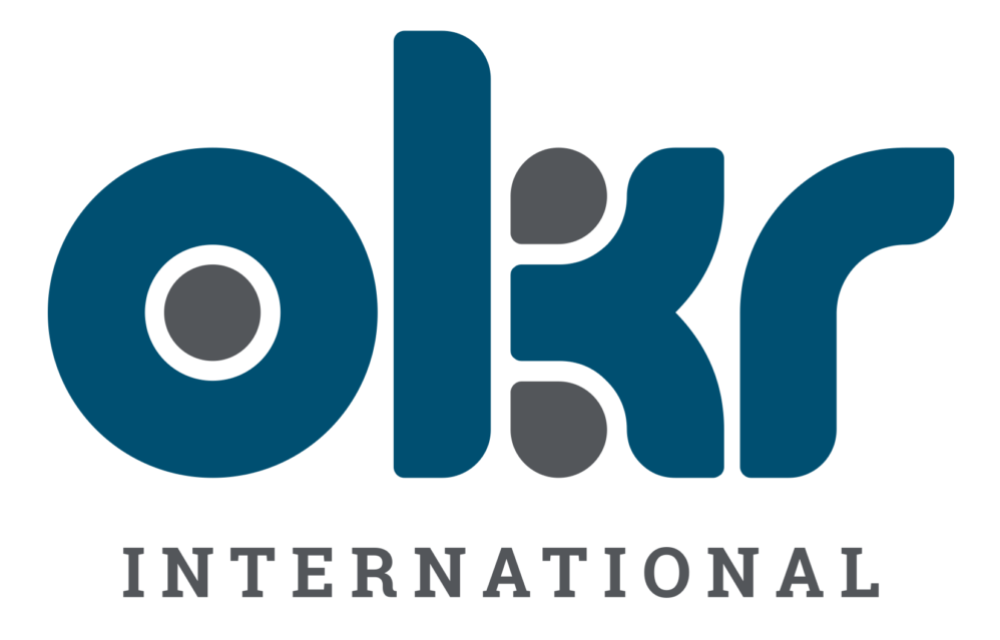How To Differentiate Between Objectives and Key Results
Understanding the Distinct Roles and Characteristics
When it comes to OKRs, it’s crucial to learn how to differentiate between objectives and key results, to ensure the framework’s effectiveness. While both are essential for tracking progress and achieving goals, they serve distinct purposes and have unique characteristics. This blog post will delve into the differences between objectives and key results, providing clarity and practical insights for effective implementation.
Understanding Objectives
1. Purpose and Role:
Objectives are high-level, qualitative goals that define what you want to achieve. They set the direction and provide a clear vision for your team or organization. Objectives are designed to be ambitious, inspiring, and actionable.
Example:
“Enhance customer satisfaction across all support channels.”
2. Characteristics:
- Qualitative: Objectives are typically descriptive and qualitative, focusing on what needs to be accomplished rather than how.
- Inspirational: They should inspire and motivate the team, providing a sense of purpose and direction.
- Action-Oriented: Objectives guide action and decision-making, setting the stage for achieving desired outcomes.
- Ambitious: Good objectives challenge the team and encourage innovation and growth.
Understanding Key Results
1. Purpose and Role:
Key results are the specific, measurable outcomes that indicate progress toward achieving an objective. They provide a clear metric of success and ensure accountability. Key results should be quantifiable and time-bound.
Example:
“Increase the customer satisfaction score from 80% to 90% within the next quarter.”
2. Characteristics:
- Quantitative: Key results are numerical and measurable, providing a clear standard for success.
- Specific: They define precise targets that can be tracked and assessed.
- Outcome-Focused: At the organizational level, key results measure the outcomes or impacts of achieving objectives.
- Output or Lead Metric Oriented: Below the organizational level, key results focus on outputs or lead metrics, tracking specific actions or activities that contribute to the objective.
Differentiating Between Objectives and Key Results
To effectively implement OKRs, it’s vital to understand how to differentiate between objectives and key results and how they complement each other:
1. Nature and Format:
- Objectives: Qualitative, broad, and inspirational.
- Key Results: Quantitative, specific, and measurable.
2. Purpose and Focus:
- Objectives: Provide overall direction and set high-level goals.
- Key Results: Measure progress and define what success looks like.
3. Examples in Practice:
Let’s consider an example from a customer service department to illustrate the differences:
- Objective: “Enhance customer satisfaction across all support channels.”
- Key Results:
- “Increase the customer satisfaction score from 80% to 90% within the next quarter.”
- “Reduce average response time to customer inquiries from 24 hours to 12 hours.”
- “Achieve a first-contact resolution rate of 85%.”
In this example, the objective sets a clear and ambitious goal for enhancing customer satisfaction. The key results, on the other hand, provide specific, measurable targets that indicate progress toward achieving this objective. This is one of the many ways in which you can practice how to differentiate between objectives and key results.
Tips on How to Differentiate Between Objectives and Key Results
1. Keep Objectives Inspirational and Broad:
Ensure your objectives are aspirational and focus on what you want to achieve. They should inspire and motivate your team without getting bogged down in specifics.
Tip: Use action-oriented language to articulate the desired outcome, keeping it broad and qualitative.
2. Make Key Results Specific and Measurable:
Key results should be clear, quantifiable, and time-bound. They must provide a precise standard for success, allowing for easy tracking and assessment.
Tip: Use numbers, percentages, or specific milestones to define your key results.
3. Align Key Results with Objectives:
Ensure that your key results directly support and measure the progress of your objectives. This alignment is crucial for maintaining focus and ensuring that achieving key results will lead to the accomplishment of the objective.
Tip: Review your objectives and ask, “What specific outcomes will indicate that we are making progress?”
4. Use Outcome-Oriented Key Results at the Organizational Level:
At the organizational level, focus on outcome-oriented key results that measure the broader impact and effectiveness of achieving the objective.
Example: “Increase market share by 5% in the next fiscal year.”
5. Use Output or Lead Metric Oriented Key Results Below the Organizational Level:
For teams and departments, focus on output or lead metric-oriented key results that track specific actions or activities contributing to the overall objective.
Example: “Complete the development of the new user onboarding module by Q2.”
6. Regularly Review and Adjust OKRs:
Regularly monitor and review your OKRs to ensure they remain relevant and aligned with changing circumstances. Flexibility is key to adapting to new challenges and opportunities.
Tip: Schedule regular check-ins to assess progress, gather feedback, and make necessary adjustments.
Example: ABC Inc.
Let’s apply these principles to a fictional company, “ABC Inc.,” which specializes in software development.
Objective: “Expand our market presence in the Asia-Pacific region.”
Key Results:
- “Increase sales revenue in the Asia-Pacific region by 20% by the end of Q4.”
- “Acquire 50 new enterprise customers in the Asia-Pacific region by Q4.”
- “Launch localized marketing campaigns in three new countries by Q3.”
In this example, the objective is broad and aspirational, focusing on market expansion. The key results are specific, measurable targets that track progress toward achieving the objective.
Conclusion
Learning is essential for the successful implementation of the OKR framework. Objectives provide the inspirational direction and high-level goals, while key results offer the specific, measurable outcomes that track progress. By understanding the distinct roles and characteristics of each, you can create effective OKRs that drive focus, motivation, and success within your organization. Start setting your objectives and key results today and unlock the full potential of your OKR process.





